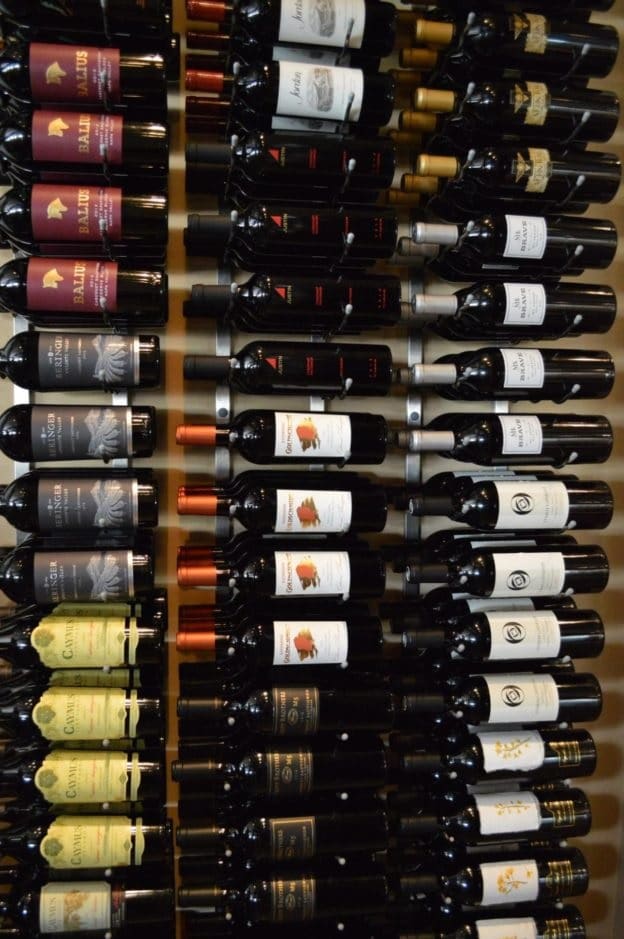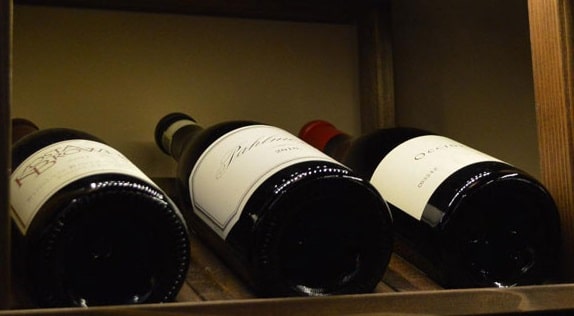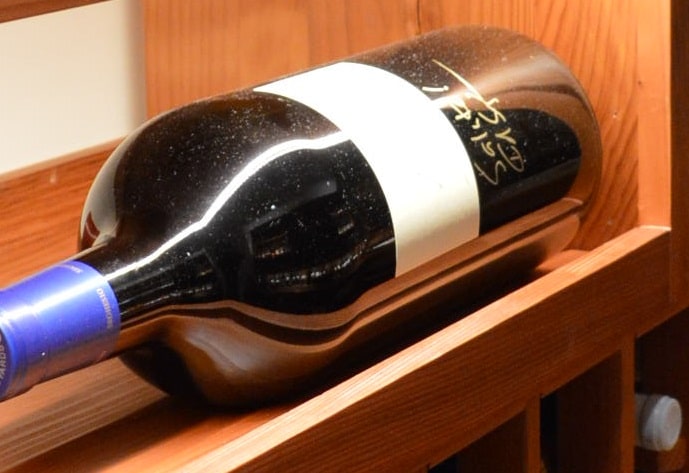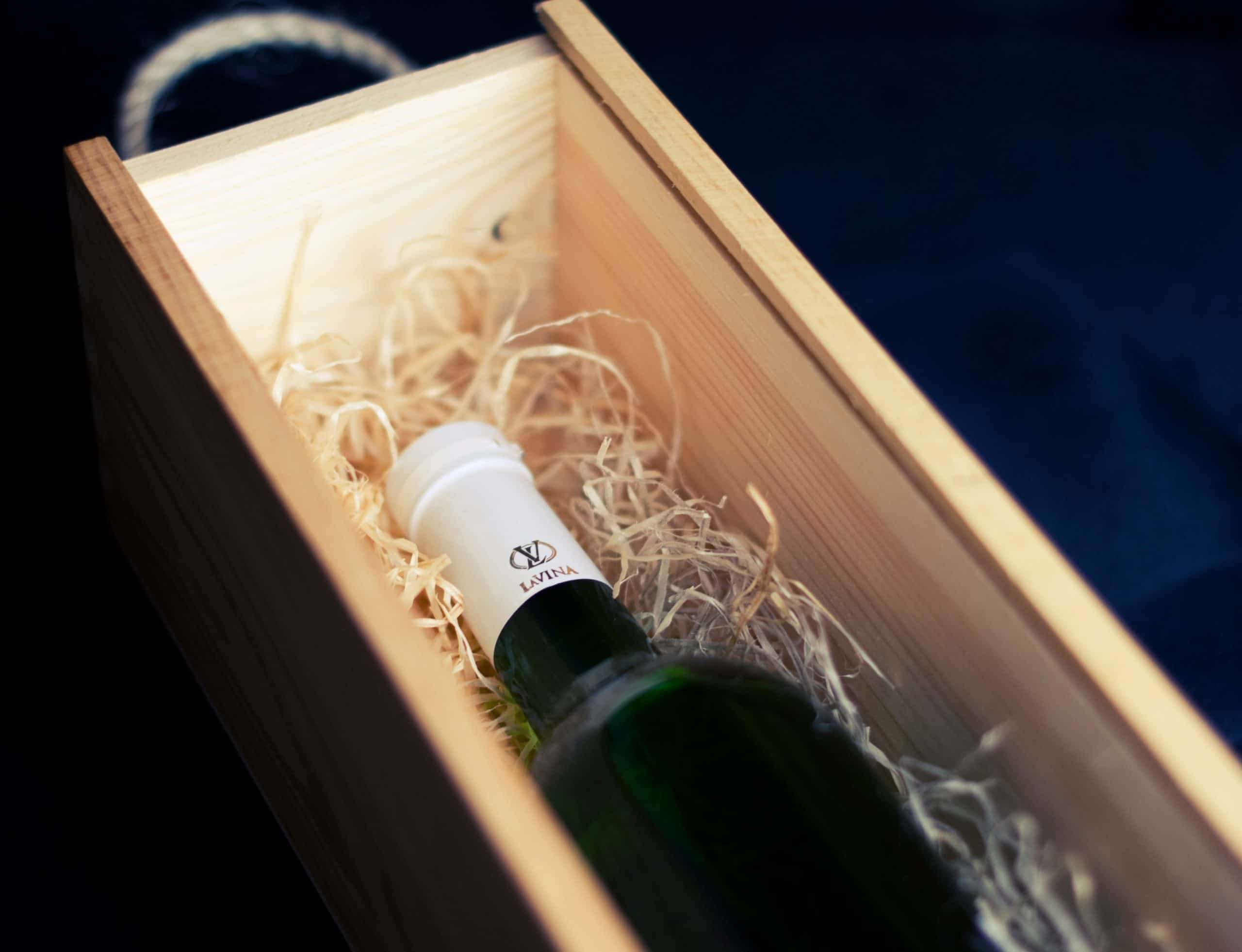
A Brief History of Wine Ratings
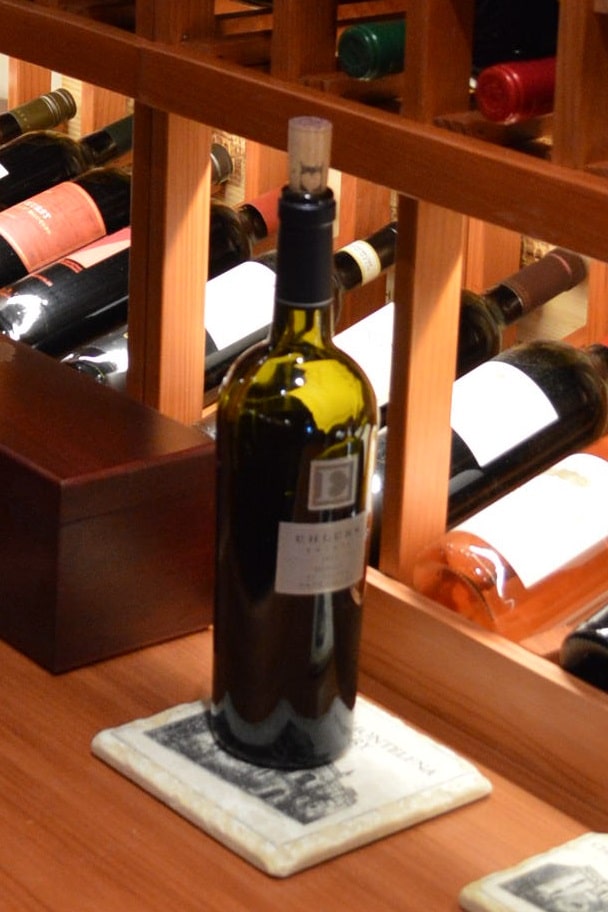
The experience that wine gives varies from person to person. The same bottle of Chardonnay that can make one person happy can make another squirm. This is because each individual has a preference. But, if wine tasting experiences are very subjective in nature, why do we have ratings assigned to each bottle? Where did all this begin?
The Davis System of Rating Wine

The categories of “The Davis System” include:
1. Appearance.

2. Color.
Wine can generally be white or red, with variations of darkness from yellowish to burgundy. Two points are assigned to this category.
3. Aroma and Bouquet.
The scent that a wine gives off contributes greatly to the overall tasting experience. A pleasantly aromatic wine can get up to four points.
4. Volatile Acidity.

5. Total Acidity.
The level of acidity contributes to whether the wine is enjoyable or not. Wine with less acidity can be scored with a maximum of two points.
6. Sweetness.

7. Body.
When the wine is tasted, it is evaluated on how it feels in the mouth – light, medium or heavy. Its alcohol content is also observed. A maximum of one point can be given in this category.
 8. Flavor.
8. Flavor.
A rich and well-balanced flavor can give a bottle of wine a maximum of two points in this category.
9. Astringency.
Some wines are very astringent to taste, and this means a high tannin content. Too much tannin in wine will make it unlikeable. The most points for wines with the right amount of tannins is two points.
10. General Quality.
This category is completely subjective, depending on the preference of the evaluator. A wine can get a maximum of two points here.
How the Scores are Interpreted
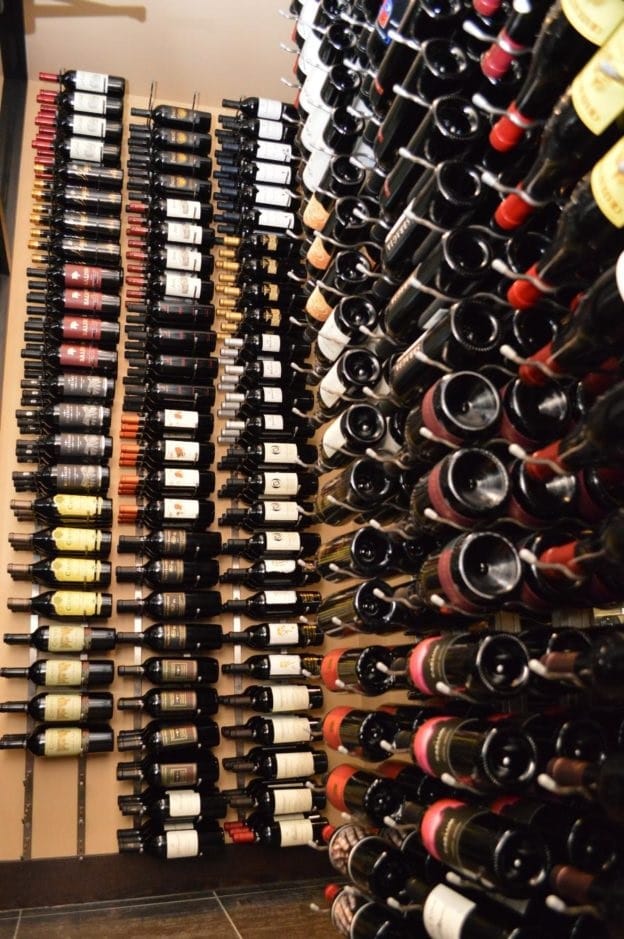
17 to 20 points: The wine has no defects and has purchase-worthy characteristics.
13 to 16 points: These are typically considered as standard wines. They have no defects, but they don’t have outstanding characteristics.
9 to 12 points: These are wines that are sold on the market at very low prices. They have slightly noticeable defects.
5 to 8 points: Wines that fall within this score range are below commercial acceptability.
1-5 points: These are scores for wines that are completely spoiled.
The 100-Point Scale of Rating Wine
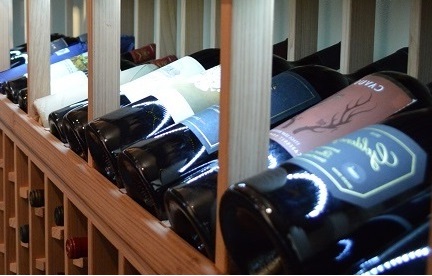
This scoring method gives 50 points to all wines just for being wine. Then on top of those 50 points, it adds up to five points for color and appearance, a maximum of 15 points for aroma and bouquet, 20 points for flavor and finish, and a final 10 points for overall quality.
This 100-point scale is most popular among wine lovers in the United States, because the scoring system is relatable to Americans. This is because the system is similar to the grading methods in our schools.
Interpretation of the 100-point Scale Scores
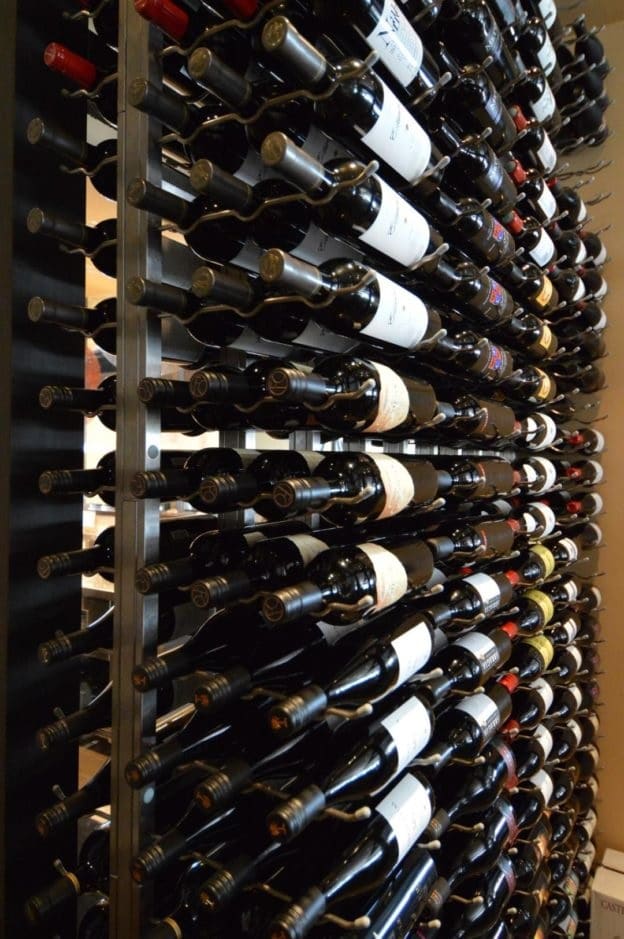
95 to 100: Classic.
Wines with this rating are considered highly recommendable.
90 to 94: Outstanding.
Wines with scores that fall within this range have superior characteristics and style.
These kinds of wines have distinctive qualities that are worth trying.
80 to 84: Good.
This rating means that the wine is solid and well-made.
75 to 79: Mediocre.
Wines with this rating are still drinkable, but they may have minor flaws.
50 to 74: Not Recommended.
Wines that have scores that fall below 75 points are not recommended for consumption.
Wine Ratings as a Guide to Purchasing Wines
Wine ratings are mere numerical interpretations of other people’s opinions. And, opinions are, well, just that! They can have their thoughts about a certain bottle of wine, and you can also have yours.
When scanning through the various wines in the wine store, you can use the wine ratings as a guide on which wines are most recommended. But, at the end of the day, it’s still your taste buds that matter. Don’t hesitate to try different kinds of wines and create your own rating system to rate each type.
Planning on a wine cellar of your own? We can help you design it! Click here for more info!




